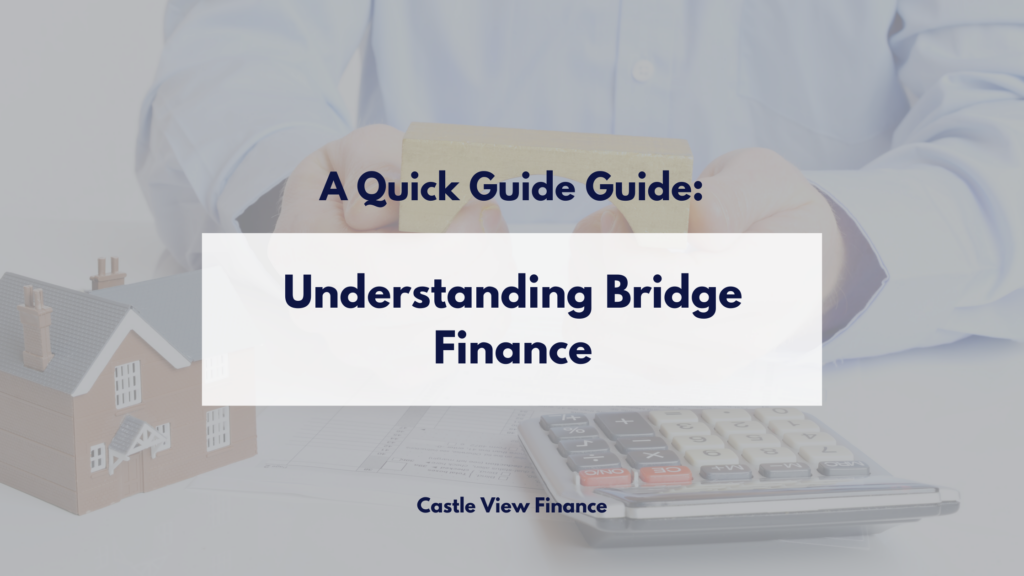What is Bridging Finance?
In recent years, bridging finance has emerged as a versatile solution catering to various financial needs, especially in the dynamic UK property market. But what exactly is bridging finance, and is it a suitable option for you? Let’s delve into these questions and more.
Bridging finance is a short-term lending option that has gained significant traction due to its quick and flexible nature. Unlike traditional mortgages, bridging loans offer borrowers swift access to funds, typically with a repayment term ranging from 3 to 36 months.
One of the key features of bridging finance is its ability to “bridge” financial gaps in situations such as purchasing a new property before selling an existing one, waiting for inheritance, or resolving a broken property chain. Bridging loans cater to a diverse range of consumers, including first-time buyers, property developers, and limited companies.
What Can Bridging Finance Be Used For?
Bridging finance is incredibly versatile, accommodating various scenarios where conventional mortgage options may not suffice. Here are some common uses of bridging loans:
Property Renovation and Development: Bridging loans provide essential funding for property refurbishments and development projects. Whether it’s minor refurbishments or large-scale developments, bridging finance offers the necessary capital to kickstart your projects.
Cross-Charging: Borrowers can leverage bridging finance on both the property they’re selling and the one they’re purchasing simultaneously. This flexibility allows for smoother transitions between properties.
Property Purchase: Bridging finance can facilitate property acquisitions, especially when conventional mortgages are unattainable due to factors like property condition or lease terms.
Are Bridging Loans a Good Idea?
While bridging finance offers expedited access to funds and flexibility, it’s essential to consider the associated costs and risks.
Positive Aspects:
Quick and Flexible: Bridging loans provide rapid solutions to financial challenges, making them ideal for addressing time-sensitive needs in the property market.
Bridging Financial Gaps: By bridging financial disparities, these loans empower individuals to pursue property transactions that may otherwise be unattainable.
Risks and Considerations:
High Costs: Due to the short-term nature of bridging loans, interest rates can be relatively high, resulting in substantial repayment amounts.
Legal and Financial Risks: Bridging loans come with inherent risks, including potential legal and financial consequences if repayments are not met promptly.
Importance of Ethical Brokers: Working with reputable brokers ensures that borrowers receive transparent guidance and suitable loan options tailored to their financial circumstances.
In summary, bridging finance serves as a valuable tool for addressing various financial needs in the UK property market. While it offers speed and flexibility, borrowers must carefully weigh the associated costs and risks before committing to a bridging loan.
Thinking about Bridging Finance? Try Our Bridging Calculator!
Calculate your bridging finance options with ease using our convenient bridging calculator. Simply input your details and get instant insights into potential loan amounts, interest rates, and repayment terms. Take the guesswork out of bridging finance and make informed decisions for your financial future.
Use Our Bridging Calculator Now!
Ready to explore bridging finance options tailored to your needs? Contact us today for expert advice and assistance. Let us help you bridge the gap towards your financial goals.

